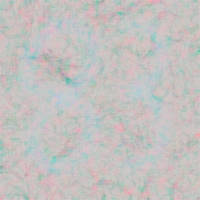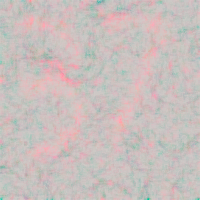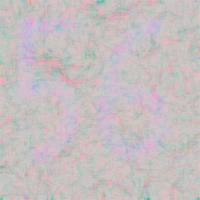Color blindness
Color blindness, or color vision deficiency, in humans is the inability to perceive differences between some or all colors that other people can distinguish. It is most often of genetic nature, but may also occur because of eye, nerve, or brain damage, or due to exposure to certain chemicals. The English chemist John Dalton in 1794 published the first scientific paper on the subject, "Extraordinary facts relating to the vision of colors", after the realization of his own color blindness; because of Dalton's work, the condition is sometimes called Daltonism, although this term is now used for a type of color blindness called deuteranopia (see below). more...
Color blindness is usually classed as a disability; however, in select situations color blind people have advantages over people with normal color vision. Color blind hunters are better at picking out prey against a confusing background, and the military have found that color blind soldiers can sometimes see through camouflage that fools everyone else. Monochromats may have a minor advantage in dark vision, but only in the first five minutes of dark adaptation.
Prevalence
Color blindness affects a significant number of people, although exact proportions vary among groups. In Australia, for example, approximately 4% of the population suffers from some deficiency in color perception. Isolated communities with a restricted gene pool sometimes produce high proportions of color blindness, including the less usual types. Examples include rural Finland and some of the Scottish islands.
Causes of color blindness
There are many types of color blindness. The most common varieties are hereditary (genetic) photoreceptor disorders, but it is also possible to acquire color blindness through damage to the retina, optic nerve, or higher brain areas. Higher brain areas implicated in color processing include the parvocellular pathway of the lateral geniculate nucleus of the thalamus, and visual area V4 of the visual cortex. Acquired color blindness is generally unlike the more typical genetic disorders. For example, it is possible to acquire color blindness only in a portion of the visual field but maintain normal color vision elsewhere. Some forms of acquired color blindness are reversible. Transient color blindness also occurs (very rarely) in the aura of some migraine sufferers.
Classification of color deficiencies
-
-
- Protanopia
- Deuteranopia
- Tritanopia
-
- Protanomaly
- Deuteranomaly
- Tritanomaly
-
- Rod monochromacy
- Achromatopsia
The normal human retina contains two kinds of light sensitive cells: the rod cells (active in low light) and the cone cells (active in normal daylight). Normally, there are three kinds of cones, each containing a different pigment. The cones are activated when the pigments absorb light. The absorption spectra of the pigments differ; one is maximally sensitive to short wavelengths, one to medium wavelengths, and the third to long wavelengths (their peak sensitivities are in the blue, yellowish-green, and yellow regions of the spectrum, respectively). It is important to realize that the absorption spectra of all three systems cover much of the visible spectrum, so it is incorrect to refer to them as "blue", "green" and "red" receptors, especially because the "red" receptor actually has its peak sensitivity in the yellow. The sensitivity of normal color vision actually depends on the overlap between the absorption spectra of the three systems: different colors are recognized when the different types of cone are stimulated to different extents. For example, red light stimulates the long wavelength cones much more than either of the others, but the gradual change in hue seen as wavelength reduces is the result of the other two cone systems being increasingly stimulated as well.
Read more at Wikipedia.org





